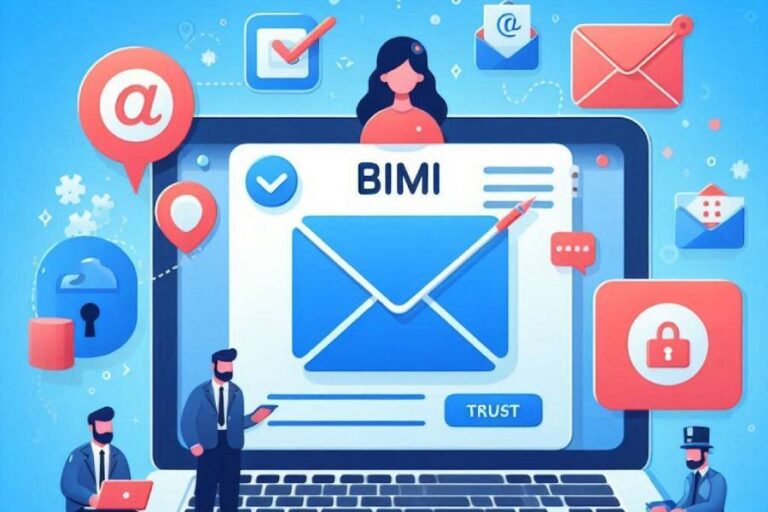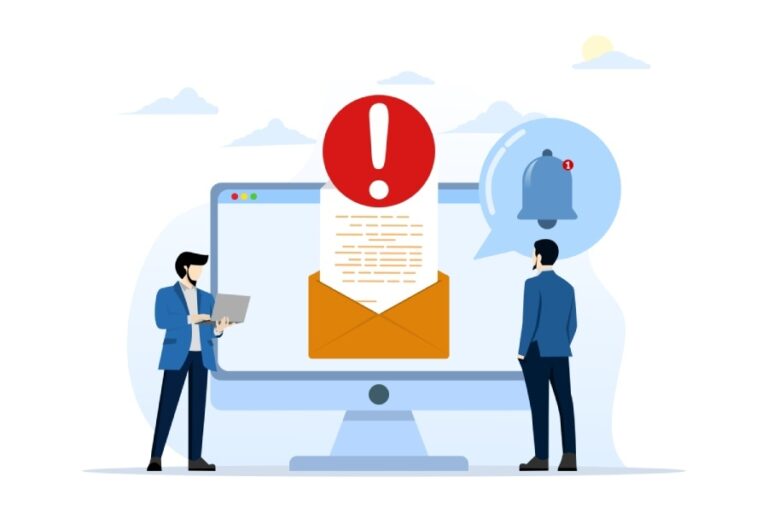Decoding the ubiquity of email authentication: DMARC regulations from across the world
Email-based attacks are prevalent, which means that tools and strategies to protect email ecosystems are also widely available. Despite being one of the most preferred and reliable channels of communication, email lacks one important thing: a native security feature that goes beyond cursory checks. We don’t mean spam filters or inbox firewalls. We mean more…







